|
Our thanks go to space enthusiast Ermis Divinis, aged 11, who used his digital media skills to create this fun summary of the Mars rovers, which have provided the scientific community with so much valuable data about the Red Planet. Enjoy!
My Dad and I have discovered a way to combine the smartphone iPad with ultraviolet/infrared with space observation telescopy to make space discoveries, with assistance of the DIGI phone network and iCloud. My Dad and I devised this lens innovation. We were always fascinated by the surface of the Moon and planet Mars.
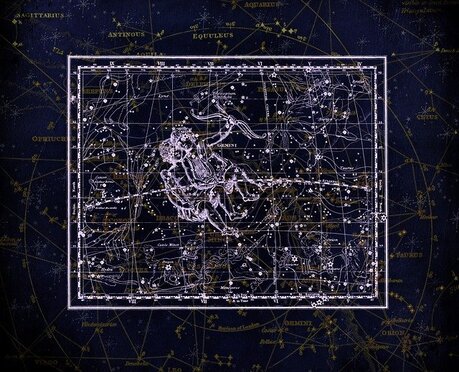 Gemini Image by DarkmoonArt_de from Pixabay Gemini Image by DarkmoonArt_de from Pixabay To me, constellations are like an invitation to study and research: not only are they beautiful to watch, but they have an awesome scientific and historical aspect. The word itself, “constellation”, sounds unique: it comes from Latin: “con” means together, and “stella” was the word the late language used to refer to stars. Astronomers have found 88 constellations in the sky. According to Wikipedia, “a constellation is an area in the sky in which a group of stars forms an outline or pattern”. Here comes the interesting part: “These can represent animals, mythological people, creatures, and inanimate objects." The earliest accepted evidence on constellations we have is from prehistoric times, from Mesopotamia, now known as the Middle East: people made-up stories about them and created different beliefs, such as the influence on human behavior based on the position of a celestial object. According to their clay writing tablets, dating back to 3000 BC, Babylonian astronomy was the first to: apply math to their predictions, possess an accurate theory of the planets, and focus observation on a group of stars, known as Ziqpu stars. The classical Zodiac is a revision of the Neo-Babylonian Empire’s constellations. Greek astronomy adopted the Babylonian system, first introduced by Eudoxus of Cnidus. It is a crucial phase in the history of astronomy, as they inspired the names of most stars, planets and constellations: some are tied to mythology, such as Orion and Aquila; some are astrological signs, such as Gemini and Leo, connected historically and scientifically in a manner that always makes me thankful for astronomers' time and effort put into all these discoveries. The northern hemisphere and southern skies are different: most of the northern constellations are based on Greek legends, such as the hunter Orion; the southern ones have more modern roots, sometimes shortened names of ancient constellations. Constellations are made up of stars representing an image, and only those visible to the naked eye are part of constellations. I would like to share a few definitions about stars that I found in my Science notebook from sixth grade: Apparent Brightness is how bright the star is as seen from Earth Absolute Brightness is how bright it actually is 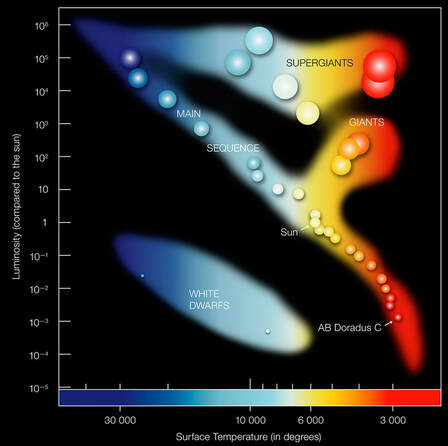 Credit: European Southern Observatory Credit: European Southern Observatory As the star gets cooler, it tends to get dimmer, and as it gets hotter, it gets brighter. How bright it looks from Earth depends upon its size, its distance from Earth and its absolute brightness. They can appear brighter or dimmer depending on these factors. Stars also have different colors, which depend on their surface temperature. Red is the coolest, followed by yellow, white and blue being the hottest. Thus, even though Betelgeuse is a red star and the Sun is a yellow-orange star, Betelgeuse gives off more light, given its size. I also learned in science about the Hertzsprung-Russell diagram (H-R diagram), that compares two very important characteristics of stars: the temperature and absolute brightness. Astronomers use it to understand how stars change over time. Most of the stars form a diagonal line called the main sequence, where surface temperatures increase as brightness increases. The stars, far away in space, stay in one place, while Earth spins on its axis, as well as orbiting the sun, which causes the stars to appear to “move”. Earth also orbits the sun. We see different stars, depending on what side of Earth we are. Constellations are more than just a group of stars. Throughout the ages, people have used them to share stories and develop scientific ideas. Modern astronomy consists of these stars, and is, in my opinion, an extraordinary field. Thanks to many awesome people who develop modern technology, we have the opportunity to stargaze at home, just by downloading one of the multiple apps that facilitate easy access to seeing constellations, stars and countless other space objects. Thank you to my science teacher, Ms. Edwards, who helped me navigate the mysteries of science in sixth grade and also thank you all for reading! Wishing all the students a successful academic year! Read Stephanie's previous blog - When STEM helps us reach for the stars.
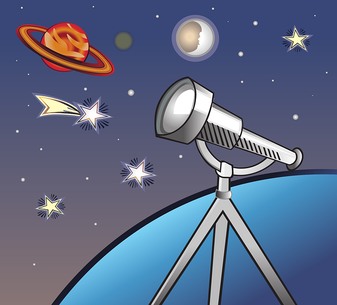 Hello, my name is Stephanie Lichi. Since I was very young, I was fascinated by multiple elements that later on I found out are part of astronomy: stars, the globe I played with, the solar system in a coloring book, rocket toys. My favorite game was to make a rocket out of chairs and pretend to blast off into space. Later on, I found out my passion fits into the astronomy field; since I started watching space documentaries and learned more about rockets and stars, I was blown away to find out how many sciences contribute to the success of this field. Even the most simple part of each area can lead to something extraordinary: math can calculate courses for rockets, the distance to stars, and tackle data in creative ways; science is used to collect and analyze data, and everything that has to do with collecting minerals to the lab equipment; programming is the process of building a software system to execute a specific task; engineering builds the rocket and designs its components. 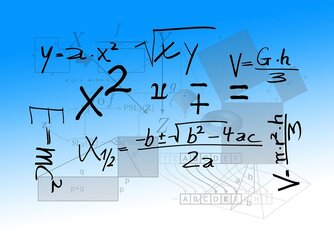 When I observed stars for the first time with a telescope, I understood that it is a product of engineering that requires precise mathematics and science in order to function. When astronomers, in an effort to understand the dynamics of the universe, needed to calculate the distance between Earth and stars, a lot of sciences worked together: math because this procedure involves lots of calculations, physics and science because Earth is constantly moving, and engineering because special instruments are required to measure the brightness of the star. In rocket launching, thousands of specialists put together their brilliant minds: scientists and engineers build the rocket and the tools that the astronauts need, mathematicians do lots of calculations, space doctors make sure astronauts are healthy. 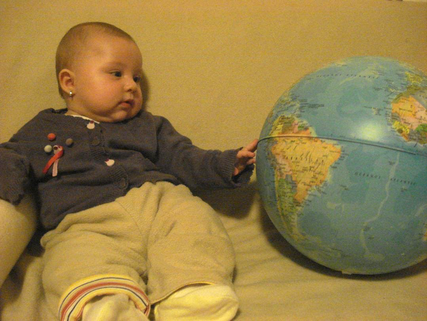 That`s me at 5 months old, exploring the world! That`s me at 5 months old, exploring the world! Currently I am a rising seventh grader. I am aware that the knowledge my favorite subjects offer (math, science and engineering) is crucial to the space field and is used in all areas: rocket launch, observing stars, testing rock samples from Mars - to mention but a few. While solving equations in math, learning about chemicals in science and programming in computer class, I realized astronomy is such a fascinating field because it comes from a lot of dedication, teamwork and knowledge, and each area blends together magically thanks to the discipline of those who are committed to solving mysteries that have fascinated humanity for thousands of years. I hope this article will inspire children to appreciate and look differently at the efforts made by many people who work behind the scenes. Thank you to all the specialists who make astronomy possible and accessible to us! My name is Warisa Jaidee-Isee. I am 18 years old and currently studying at UWC Atlantic College, in Wales, UK. I would like to share with you my passion and dreams to explore the Universe. When I was 15, I attended the “APSCO Youth Space Contest”, organised by the Asia-Pacific Space Cooperation Organization (APSCO). I had a chance to share my idea about space science with my friends from the ASPCO member states in Beijing, China during 15-21 July 2017. Here is my idea under the theme “Future Space Homeland”. To be able to live in space, there’s one important thing that people tend to overlook - the problem of space debris. We already know that when we invent a spacecraft and send it up into Earth’s orbit, it will one day no longer be of use and it will become space debris, drifting around in orbit or entering the vast outer space. These debris are dangerous because they could collide with new spacecraft sent up there. At the end of the day, the more space debris, the less resources we have on Earth. Therefore, if the future homelands of humanity are, supposedly, the new planets, we should consider clearing the space debris out of space for our own safety. My space debris clean-up beetle: “Debris bug” would be needed to set up a new space home. “Debris bug” is able to communicate with and accept instruction through radio waves. When it finds garbage in space, the "beetle" releases a magnetic network to capture it. It will then bring back the space debris to the base for recycling and reuse.
Hello, my name is Helena. In my free time, I enjoy practicing aerial silks. Now, you might ask, “why would you consider this defying gravity?” Well, gravity is almost always used when doing silks. When you do drops, you are using gravity in every way. But there are some cases where you wrap yourself in something I call a friction wrap. This is where you wrap yourself in a way where most people think you would just fall. No knots and nothing exactly holding you. But in real life, you are creating so much friction on the fabric that it almost gives up. There are so many places that there is such a massive amount of friction that it can hold your entire body weight up. This sounds and feels almost like you are defying gravity.
Now, although it might sound like it, the aerial silks don’t rely fully on friction and gravity to help you. A lot of it is also strength and grip. To get into many of these wraps, you have to hold yourself up and even do movements by holding yourself by gripping onto the fabrics and staying there for several seconds. For example, for the “hip key”, you have to hang on the fabric using the grip of your hands and do a windmill movement with your legs to be able to get into it. When you are learning these movements, you are essentially hanging on to the silks for dear life hoping you can finish the leg movements and wraps before your grip gives out and you fall to the floor. Obviously, when you get the hang of the aerial silks, you have a very good grip from doing so many exercises to engage your grip. This is a way gravity works against you. In conclusion, I hope that after reading some of my explanations and watching my video, you have a greater understanding and respect for the ways that gravity can work against you, but it can also be a great help when you use it correctly in the aerial silks. I hope this inspires more amazement in the art of aerial silks and other forms of circus arts and performing, and shows how complicated and precise that the aerial silks are, and the performers have to be while performing it! 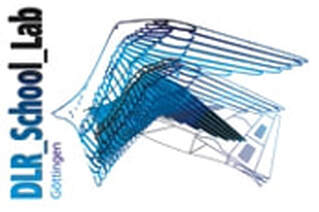 Göttingen DLR School Lab Logo Göttingen DLR School Lab Logo Hi, my name is Edgard, I'm 12 years old and at the age of 9 years I participated for the first time in the InnovaSpace project "Kids2Mars", asking the question 'why is Mars red?'. I'm Brazilian, but I have lived in Germany since 2009 in the city of Göttingen. I'm now finishing sixth grade, and my 3 favourite subjects are Mathematics, Experiment Workshops, and Natural Sciences - oh and in fourth place comes English! Since September 2019, I have been participating in the Flugmodellbau Project (model airplane construction) at the German Aerospace Center (DLR) School Lab, building model airplanes - Macht Spaß! (it's fun!) Too bad it ended just before Christmas. But my history with DLR began much earlier, when we came from Brazil in 2009, as my father started his PhD at the DLR. As the months went by, our house became full of posters and materials related to spaceships, airplanes, and wind tunnels. There was always a new technology and he promised me that as soon as I was older, after all I was only 4 years old at that time, he would take me to participate in the DLR/School Lab (Photo 1). I never forgot what he said, and it's a good thing my dad didn't either! And so I discovered the DLR. 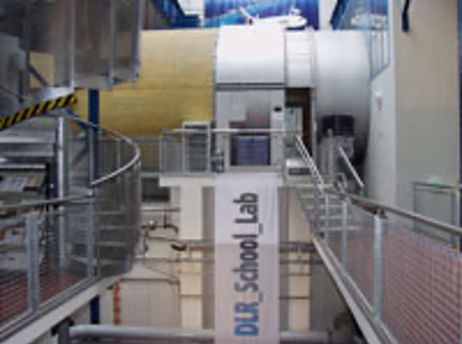 School Lab, in a deactivated Wind Tunnel School Lab, in a deactivated Wind Tunnel The years passed by and finally my time to participate came. After a long wait and never forgetting that world my father had introduced me to, I arrived in the sixth grade of school and with it came the offer to participate in after-school activities (every semester my school organises an extra activity, called "Club", involving sports and leisure activities). I have already done climbing, and currently I am doing gardening. In 2019 I signed up for the DLR, which once a year offers the option of building aircraft models. There were only a few vacancies but luckily, and with a little bit of divine help, I managed to enter. It was great and I started having activities at DLR every week. Some colleagues from my school (2) also participated in the project with me and I made new friends too at DLR, who came from other schools. Altogether there were 16 of us. I like the workshop, it has various tools and lots of things to assemble. Macht spaß! I began by assembling various model airplanes in paper and styrofoam to understand how aerodynamics work and how airplanes fly - a new model every week! I really like going to the DLR. The coordinator, together with the activity monitors (3) are really friendly and know how to teach things about airplanes well. I think this activity is important because I like airplanes, doing experiments and technology, and the DLR environment is really cool. I have already learnt very important things about physics, stuff that I don't even have at school yet. I've dedicated myself because I think it will help me in my education and it will be good for my life. I don't yet know what I will be when I grow up, for now I'm thinking about being an architect, a designer. In January this year, 2020, I began the second (advanced) module of the model airplane workshop because I wanted to continue learning. Only myself and 2 other colleagues continued on from the first module, joined by 3 new friends, making 6 of us in total. When I finish this module, I intend continuing on to the next one and, who knows, maybe enter the School Lab for real one day. I consider myself to be a normal child. I don't always like to go to school, I have hobbies like riding my scooter and playing video games. I like doing sports like badminton, swimming, running and walking. And I dream of winning the Lotto, buying a house and having a very peaceful life. Science comes in a kaleidoscope of different shapes and forms and we at InnovaSpace believe it is never too early to encourage young people to think not only about the world around them, but to consider the stars, the universe and beyond. This is exactly what 13-year-old Jack Belmont did when he investigated the Wow! Signal, first spotted in 1977 and once considered by many to be a possible alien radio transmission. As part of a school project linked to science, Jack creatively produced the following video, and InnovaSpace Director Thais Russomano was very pleased to contribute by answering a few questions Jack had. Very well done to Jack and we hope his interest in Space continues. Blog written by Mary Upritchard
|
Welcometo the InnovaSpace Knowledge Station Categories
All
|
InnovaSpace Ltd - Registered in England & Wales - No. 11323249
UK Office: 88 Tideslea Path, London, SE280LZ
Privacy Policy I Terms & Conditions
© 2024 InnovaSpace, All Rights Reserved
UK Office: 88 Tideslea Path, London, SE280LZ
Privacy Policy I Terms & Conditions
© 2024 InnovaSpace, All Rights Reserved
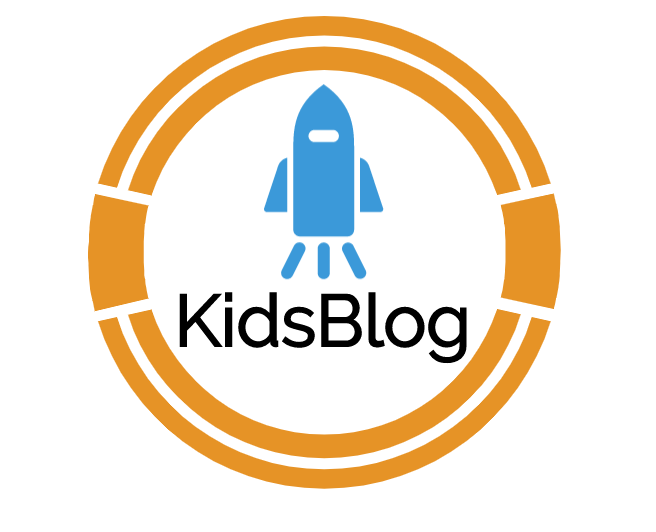


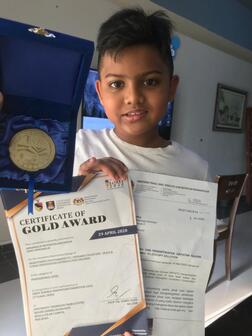



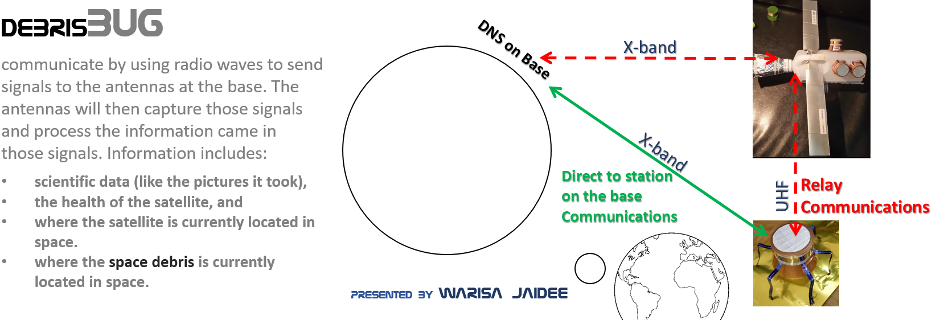
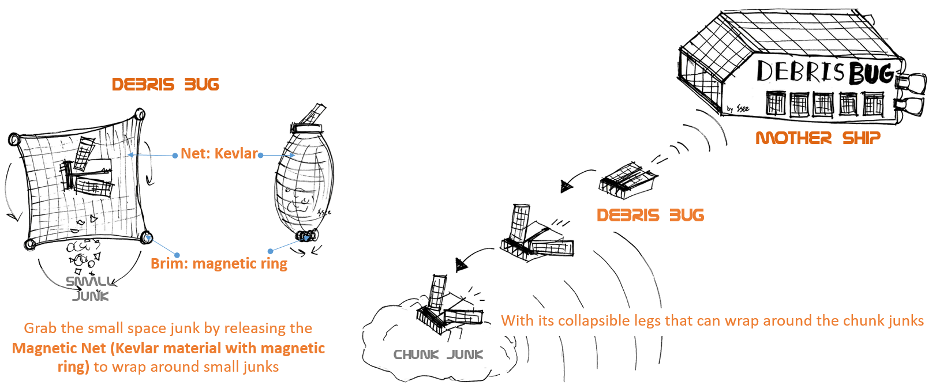
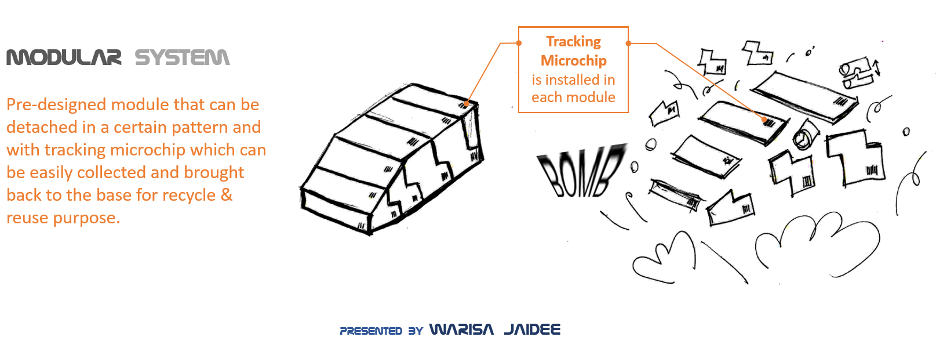

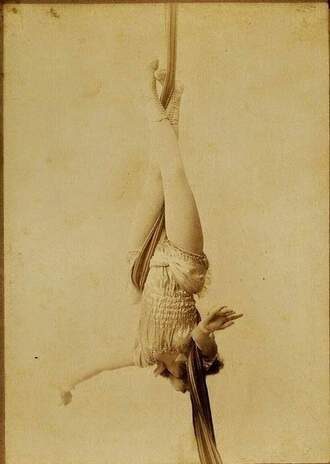
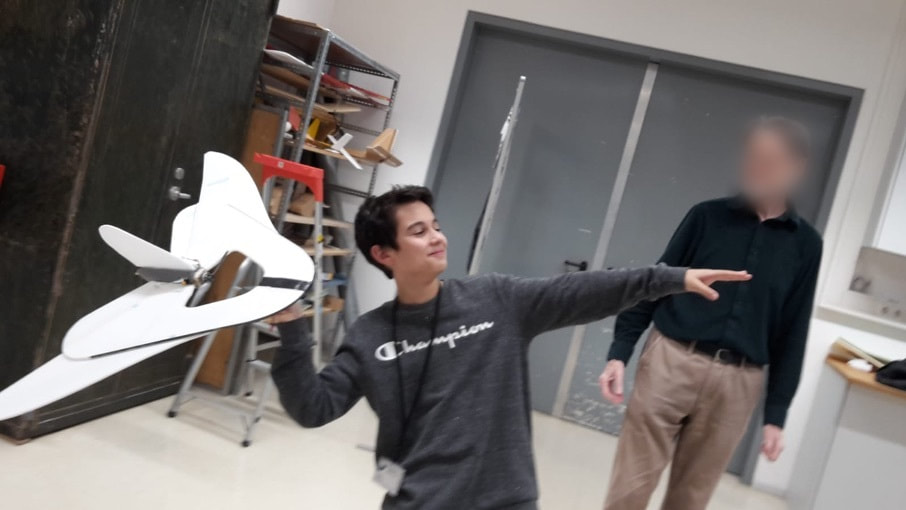

 RSS Feed
RSS Feed